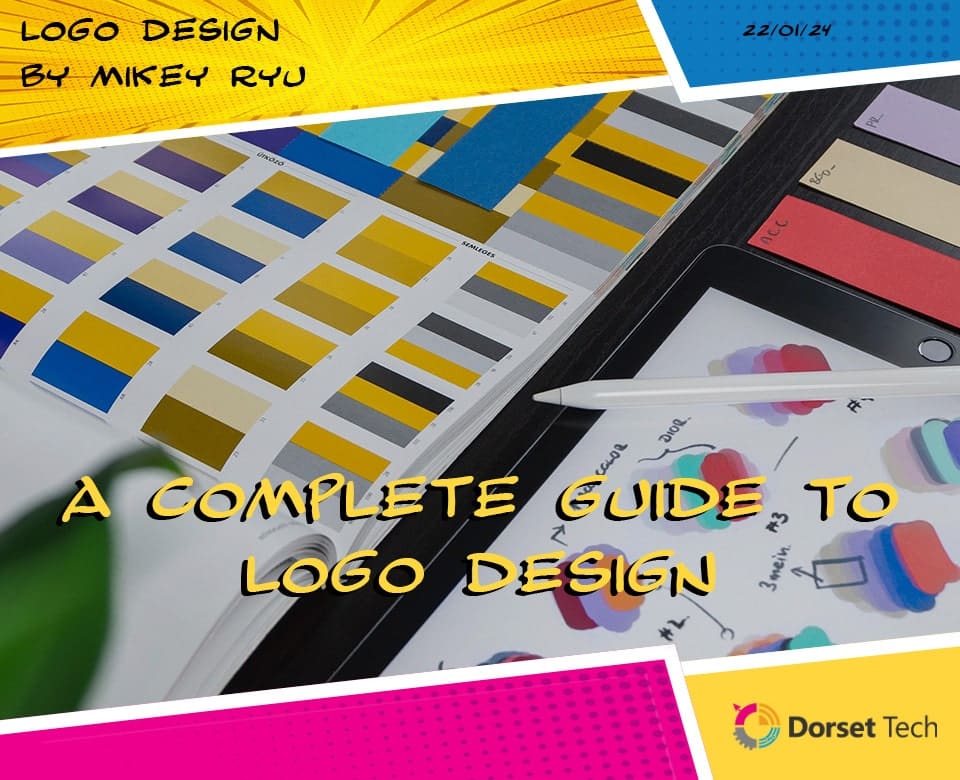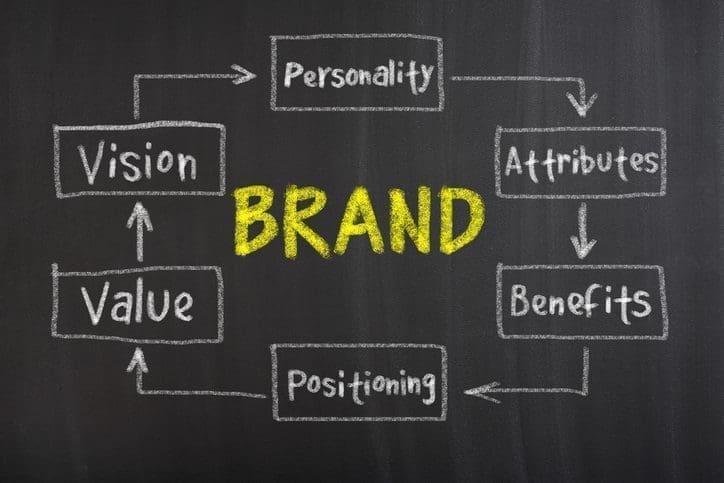The Role of a Logo
In the vast landscape of branding and corporate identity, a logo stands as a visual cornerstone, embodying the essence and values of a business in a single, impactful image. The role of a logo transcends mere aesthetics; it is a powerful tool that communicates, resonates, and leaves a lasting impression on the audience. In this blog, we’ll delve into the multifaceted role of a logo, exploring its significance in building brand identity, fostering recognition, and establishing a strong connection with consume
First Impressions Matter
A logo is often the first point of contact between a brand and its audience. Just as we form opinions about people based on their appearance, consumers judge a business by its visual identity. A well-crafted logo creates an immediate and positive first impression, setting the tone for the brand’s credibility and professionalism.
Building Brand Identity
The role of a logo in building brand identity is paramount. It serves as a visual representation of a company’s values, mission, and personality. The choice of colors, shapes, and typography in a logo all contribute to shaping the perception of the brand. For example, a tech company might opt for a sleek and modern logo, while a nature-centric brand may choose organic shapes and earthy tones.
Fostering Recognition and Recall
A successful logo becomes synonymous with the brand it represents. Through repeated exposure, a well-designed logo ingrains itself in the minds of consumers, fostering recognition and recall. Think of iconic logos like Apple, Nike, or Coca-Cola; their immediate recognition is a testament to the power of a memorable visual identity.
Creating Trust and Credibility
Trust is a cornerstone of successful business relationships, and a logo plays a crucial role in establishing trust with consumers. A polished and professional logo signals to customers that a company takes its image seriously, instilling confidence in the quality of its products or services.
Navigating a Saturated Market
In a crowded marketplace, where consumers are bombarded with information and choices, a distinctive logo becomes a navigational beacon. It helps a brand stand out from the competition, providing a visual anchor that aids consumers in identifying and choosing a particular product or service amidst the noise of the market.
Adapting to Various Mediums
A well-designed logo is versatile, adapting seamlessly to various mediums and platforms. Whether it’s on a business card, website, social media, or billboard, the logo should maintain its integrity and impact. This adaptability ensures consistent brand representation across diverse channels.
Cultural and Emotional Resonance
Beyond the visual, a logo can evoke cultural and emotional connections. Symbols and imagery have the power to tap into shared cultural experiences and emotions, forging a deeper bond between the brand and its audience. Consider logos like McDonald’s golden arches or the heart in the Starbucks emblem, both resonating with consumers on a visceral level.
Conclusion:
In essence, a logo is the silent ambassador of a brand, speaking volumes without uttering a word. Its role is dynamic, encompassing visual appeal, brand identity, recognition, trust-building, and adaptability. As businesses navigate the competitive landscape, understanding the profound impact of a logo on consumer perception is essential. With careful consideration and a strategic approach to logo design, businesses can leverage this powerful tool to not only capture attention but also etch their brand into the collective consciousness of their target audience.





















